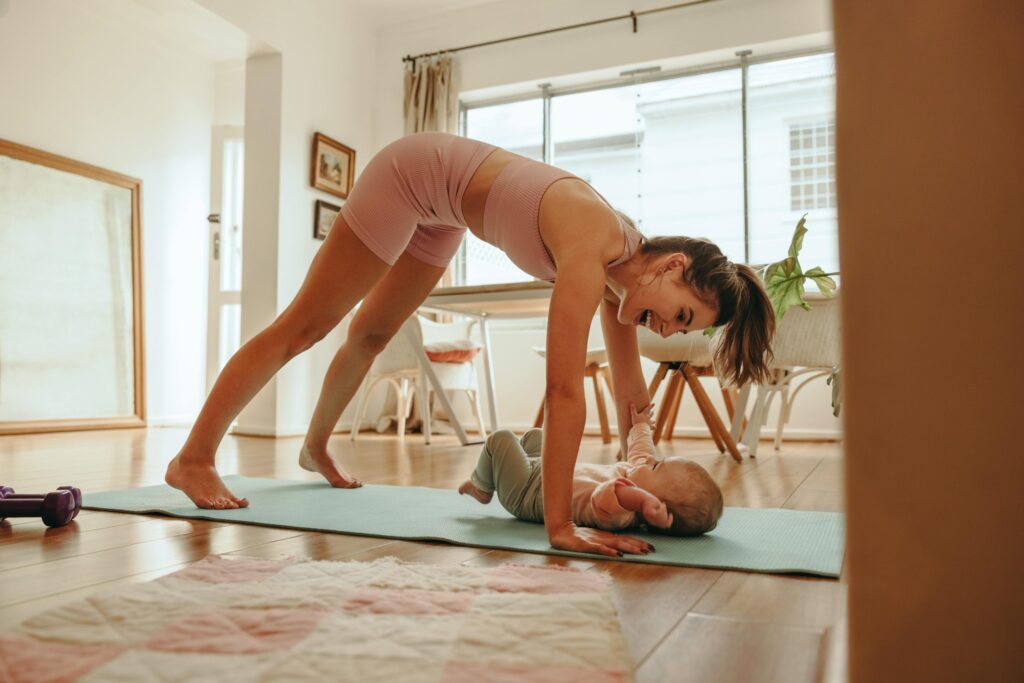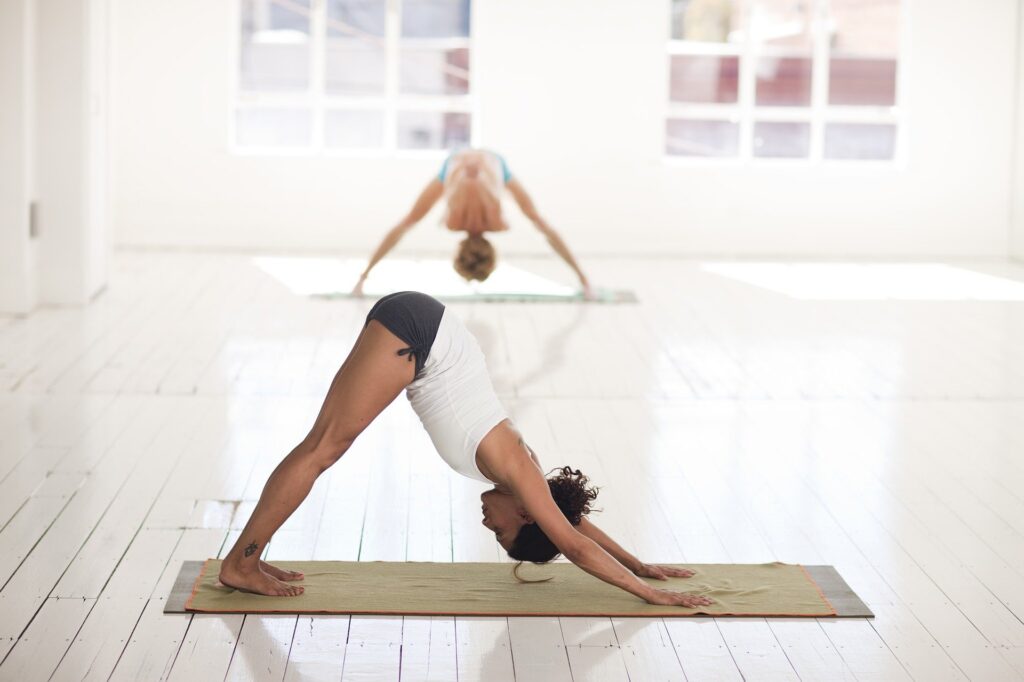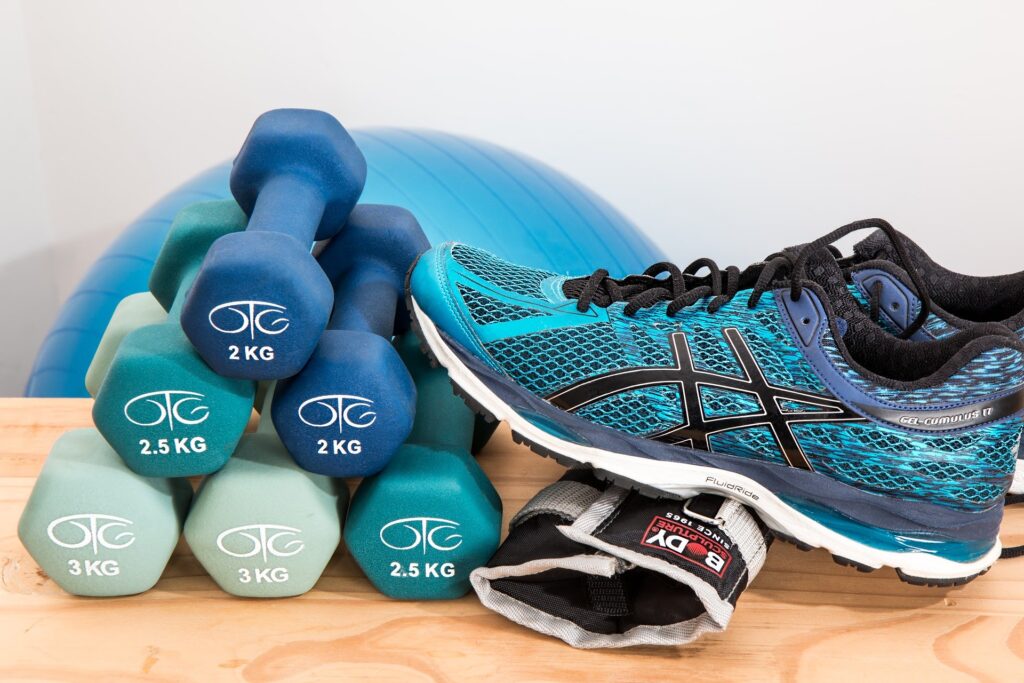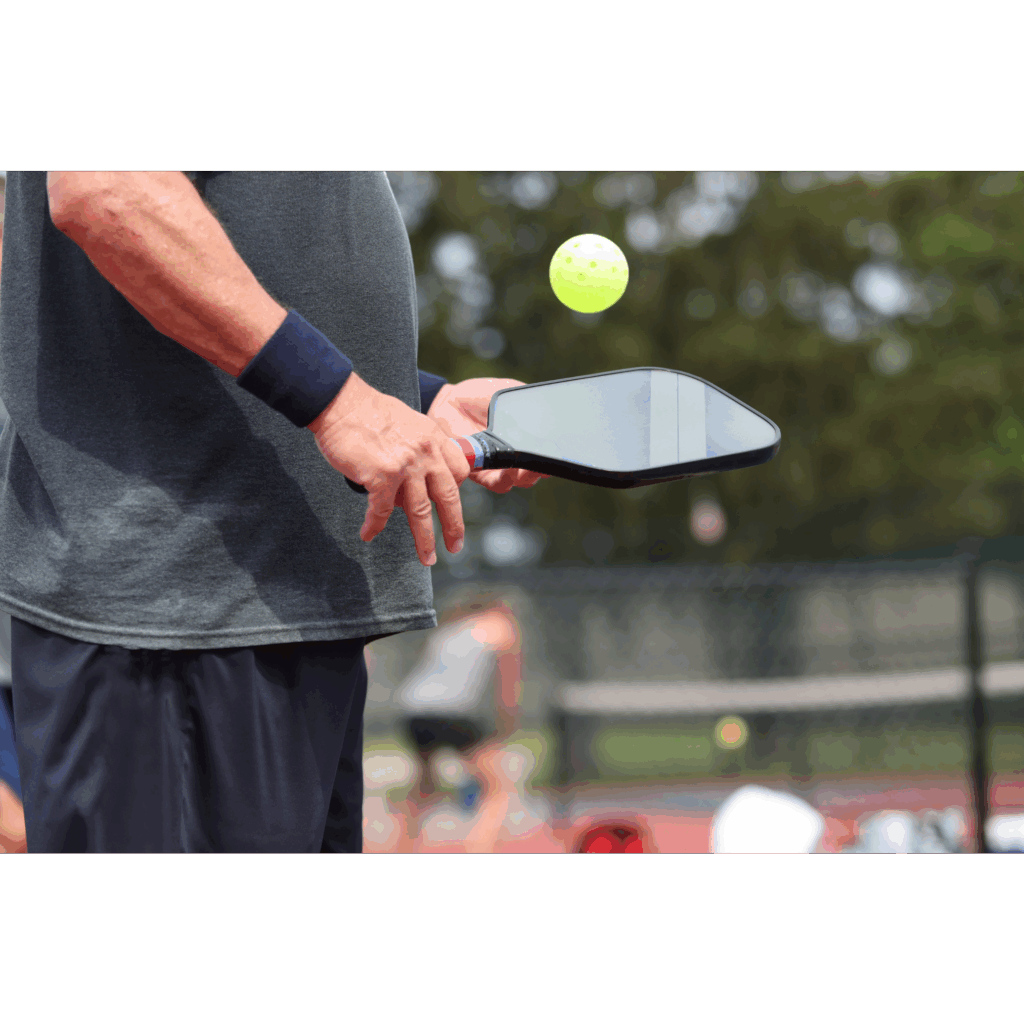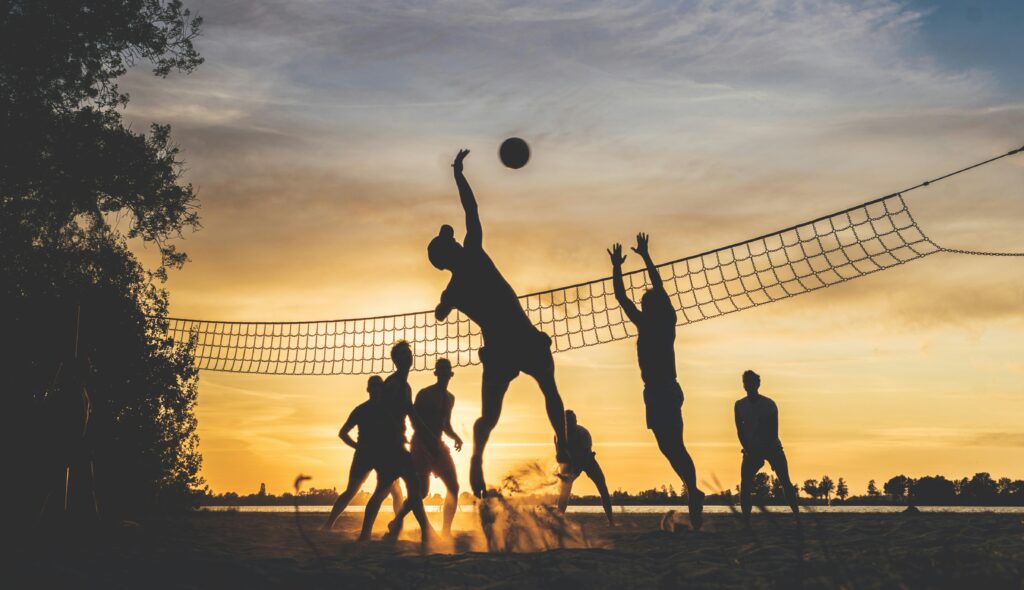
Why Pelvic Floor Health Matters for Every Active Woman

The Hidden Core of Women’s Fitness: Pelvic Health
Whether you’re crushing your workouts in the gym or at home, there’s one crucial aspect of fitness that often goes overlooked: pelvic floor health. While many associate pelvic floor exercises with postpartum recovery or aging, the truth is that these essential muscles play a vital role in every movement we make—and they deserve our attention no matter our fitness level or age.
Understanding Your Pelvic Floor: The Foundation of Movement
At its core, the pelvic floor is a group of muscles that acts as a powerful support system for your bladder, bowel, and uterus. But it’s more than just a support structure—it’s an integral part of your core stability system. Every time you run, jump, lift, or move, your pelvic floor is working to maintain balance, absorb impact, and protect your spine.
Warning Signs: When Your Pelvic Floor Needs Attention
Many active women brush off early warning signs of pelvic floor dysfunction, but recognizing these symptoms early can prevent more serious issues down the road. Watch out for:
- Lower Back and Hip Pain: When your pelvic floor isn’t functioning optimally, other muscles try to compensate, often leading to discomfort and strain in surrounding areas. That nagging back pain might actually be connected to pelvic floor weakness.
- Urinary Leakage During Exercise: If you’re experiencing leaks during high-impact activities, it’s not just “part of being active.” This common but not normal occurrence signals that your pelvic floor needs attention and possibly retraining.
- Decreased Core Strength: Finding it harder to maintain proper form or feeling less stable during workouts? Your pelvic floor works in tandem with your core muscles—weakness in one area affects the entire system.
Beyond Kegels: Modern Approaches to Pelvic Floor Health
Pelvic floor therapy goes far beyond traditional Kegel exercises. Today’s approach focuses on:
- Comprehensive Core Training: Understanding that your core includes deep stabilizing muscles around your torso, including the pelvic floor, modern therapy techniques target this entire system for better results.
- Performance Enhancement: Whether your goal is increasing running speed or lifting heavier weights, proper pelvic floor function can improve movement efficiency and power output.
- Injury Prevention: A well-functioning pelvic floor helps distribute pressure evenly throughout your body during movement, reducing the risk of injuries in other areas.
Taking Action: Practical Steps for Better Pelvic Health
Ready to prioritize your pelvic floor health? Here are key strategies to incorporate into your fitness routine:
- Expand Your Exercise Repertoire: Move beyond traditional Kegels to include functional movements like deep squats and pelvic tilts that support full-body integration.
- Master Your Breathing: Incorporate diaphragmatic breathing and box breathing techniques into your workouts. These practices not only improve core engagement but also help manage pressure on your pelvic floor during exercise.
- Rethink Core Work: Instead of focusing solely on crunches and sit-ups, incorporate exercises that engage your entire core system. Planks, bird-dogs, and dead bugs are excellent choices for building balanced strength.
- Listen to Your Body: Pain and discomfort aren’t badges of honor—they’re signals that something needs attention. If you experience symptoms like leaking or persistent pain, consult a pelvic floor physical therapist rather than pushing through.
The Future of Women’s Fitness
As our understanding of women’s fitness evolves, pelvic floor health is emerging as a crucial component of overall athletic performance and longevity. Consider scheduling regular check-ups with a pelvic floor specialist, especially if you’re involved in high-impact sports. This proactive approach can help you stay strong, prevent injuries, and perform at your best for years to come.
Remember: a strong pelvic floor isn’t just about preventing problems—it’s about building a solid foundation for all your athletic pursuits. By giving these crucial muscles the attention they deserve, you’re investing in your long-term fitness success and overall well-being.
































